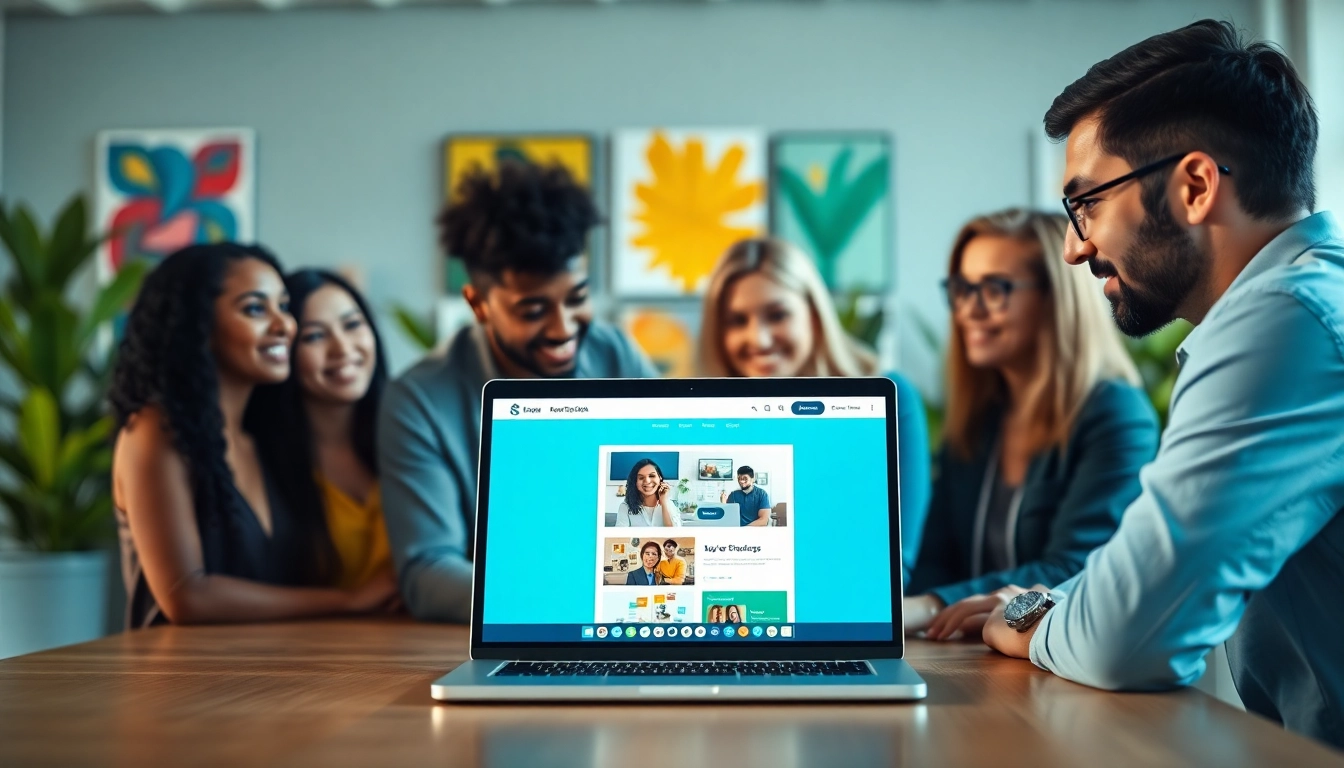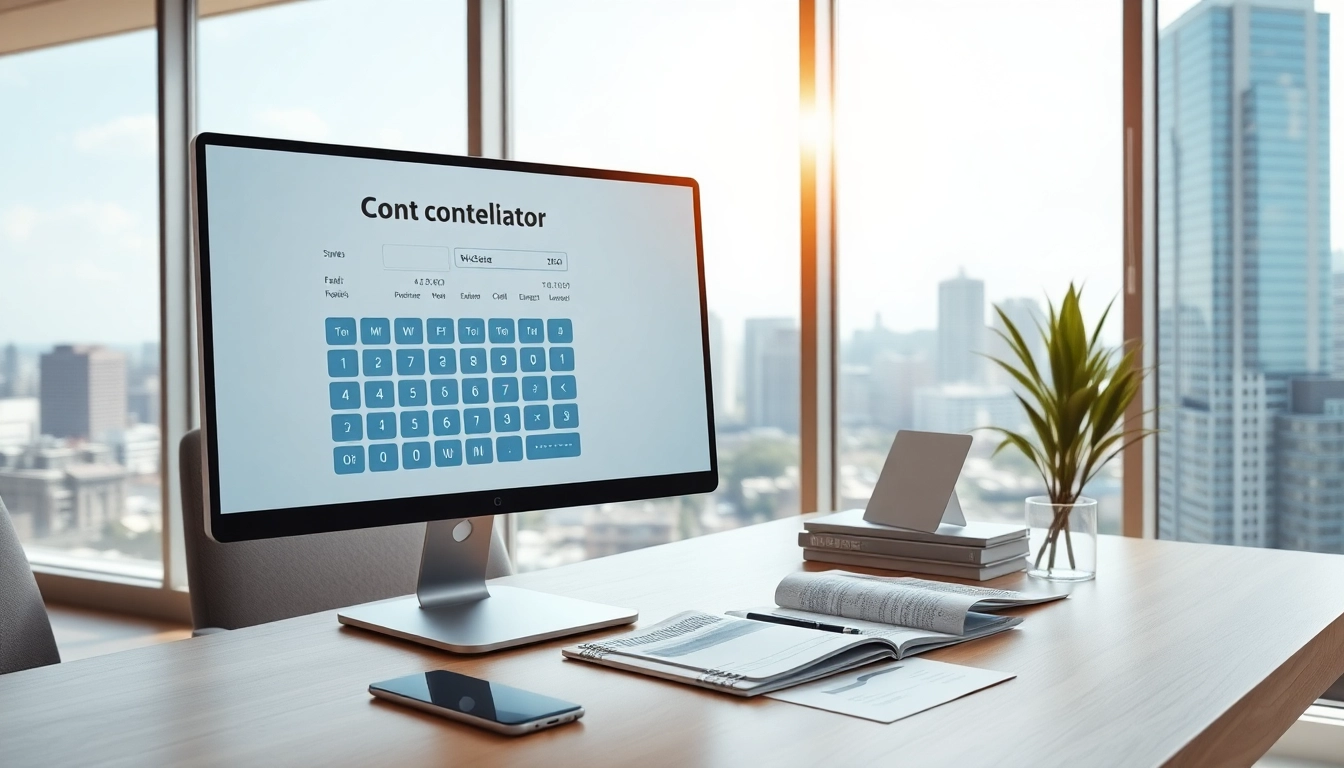Understanding Custom Graphic Design
Definition and Importance
Custom graphic design is the process of creating unique visual content tailored specifically to fulfill the branding, marketing, and communication needs of a business or individual. Unlike generic designs that lack a personal touch, custom graphic designs are created with intention and strategy, making them significantly more impactful. Through the use of colors, typography, and imagery, well-executed custom designs communicate a brand’s identity and values effectively, often leading to increased customer engagement and loyalty.
Key Elements of Effective Graphic Design
Several key elements contribute to effective custom graphic design:
- Color Theory: Colors evoke emotions and brand recognition. The right palette can enhance your design’s message.
- Typography: The choice of font and typeface can significantly affect readability and brand perception. Effective typography should align with the overall brand identity.
- Composition: The arrangement of visual elements influences how the audience perceives the message. A balanced composition guides viewers’ attention and improves understanding.
- Imagery: High-quality images can enhance the appeal of your graphic design. Whether photographic or illustrated, imagery should support the text and overall theme.
- User Experience (UX): Designs should not only be visually appealing but also user-friendly, enhancing the overall interaction with the content.
How Custom Designs Enhance Brand Identity
Custom graphic design plays a vital role in establishing a distinct brand identity. It sets a business apart from competitors by visually representing its unique qualities and values. A cohesive design strategy, including logos, business cards, and online presence, builds recognition and trust. Brands like Apple and Coca-Cola utilize custom graphics not only for aesthetics but to convey their brand stories effectively.
Types of Custom Graphic Design Services
Logo and Branding Design
Logos are often the first point of contact between a brand and its audience. A well-designed logo encapsulates a company’s essence and can significantly influence public perception. Custom logo design solutions can include various styles, from minimalistic to intricate, and should always align with the brand’s goals and target audience.
Marketing Materials and Advertising Graphics
Marketing materials, including brochures, flyers, and social media graphics, require custom designs to effectively communicate promotions, company information, or events. These materials should be compelling and concise, ensuring they capture attention while conveying necessary information—strong visuals increase the likelihood of audience engagement.
Digital and Print Design Solutions
Custom graphic design services extend to both digital and print formats. Digital designs are tailored for websites, social media, and email campaigns, focusing on user interaction and online engagement. Print designs, including packaging and promotional items, rely heavily on tactile elements and visual appeal, influencing consumer perceptions through physical interaction.
The Custom Graphic Design Process
Initial Consultation and Idea Generation
The first step in the custom graphic design process is understanding the client’s needs and vision. This phase includes an in-depth consultation where designers assess the client’s objectives, target audience, and design preferences. Brainstorming sessions, mood boards, and rough sketches are typically used to generate initial ideas and ensure alignment with client expectations.
Design Development and Revisions
Once initial concepts are approved, the designer progresses to creating the actual designs. This stage involves digital design tools and techniques, allowing for precise adjustments. After presenting the designs, client feedback is crucial, often leading to several rounds of revisions. This interactive feedback loop ensures the final product meets both creative standards and client expectations.
Finalization and Delivery of Assets
The final stage in the custom graphic design process is asset delivery. This includes providing the client with optimized files for various applications, whether for web use, print, or marketing campaigns. A thorough handover ensures clients understand how to implement the new designs across different platforms effectively.
Best Practices for Selecting a Designer
Understanding Your Project Needs
Before embarking on a design project, clients should clearly define their objectives. This includes understanding the target audience, the message to be communicated, and the type of design service required. A well-prepared brief can significantly streamline the process and enhance collaboration with the designer.
Evaluating Designer Portfolios
Assessing a designer’s portfolio is crucial in determining if they are the right fit for your project. Look for diversity in their work, unique styles, and successful previous projects that align with your vision. High-quality designers typically have a well-organized portfolio that highlights their best work and demonstrates a range of skills.
Communicating Your Vision and Feedback
Clear communication throughout the design process is vital. Clients should articulate their vision, expectations, and feedback effectively. Including references to existing designs that resonate with your style guide can help designers hone in on what you are looking for, resulting in a more productive working relationship.
Measuring the Impact of Custom Graphic Design
Analyzing User Engagement and Feedback
Post-launch, it’s essential to assess how the audience engages with the custom designs. Tracking metrics such as click-through rates, social media shares, and feedback can help gauge the effectiveness of the design. Tools like Google Analytics can provide valuable insights into user behavior, informing future design strategies.
Tracking Brand Recognition and Reach
Custom graphic designs should enhance brand recognition. Tools such as surveys, market research, and brand visibility studies can measure the impact of design on brand perception over time. This feedback is critical for evolving the brand strategy to remain relevant in the marketplace.
Adjusting Strategies Based on Design Performance
An effective design strategy requires continual assessment and flexibility. If designs do not perform as intended, analyzing the reasons can prompt necessary adjustments. Regular testing and experimentation with design elements allow businesses to refine their approach continually.















Leave a Reply